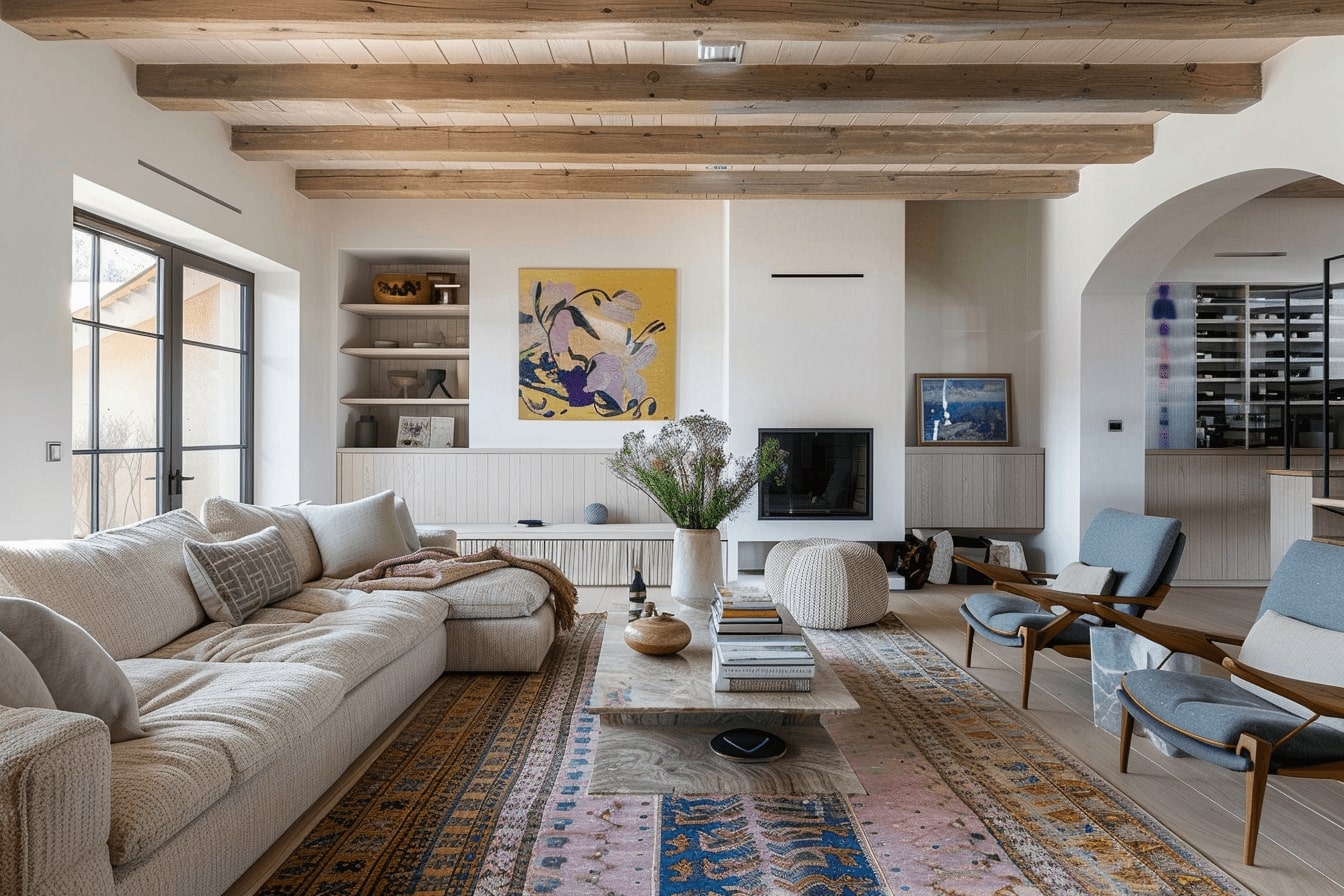- Home
- Articles
- Architectural Portfolio
- Architectral Presentation
- Inspirational Stories
- Architecture News
- Visualization
- BIM Industry
- Facade Design
- Parametric Design
- Career
- Landscape Architecture
- Construction
- Artificial Intelligence
- Sketching
- Design Softwares
- Diagrams
- Writing
- Architectural Tips
- Sustainability
- Courses
- Concept
- Technology
- History & Heritage
- Future of Architecture
- Guides & How-To
- Projects
- Interior Design
- Competitions
- Jobs
- Store
- Tools
- More
- Home
- Articles
- Architectural Portfolio
- Architectral Presentation
- Inspirational Stories
- Architecture News
- Visualization
- BIM Industry
- Facade Design
- Parametric Design
- Career
- Landscape Architecture
- Construction
- Artificial Intelligence
- Sketching
- Design Softwares
- Diagrams
- Writing
- Architectural Tips
- Sustainability
- Courses
- Concept
- Technology
- History & Heritage
- Future of Architecture
- Guides & How-To
- Projects
- Interior Design
- Competitions
- Jobs
- Store
- Tools
- More
How to Use Color in Interior Design: Tips and Trends for 2023

Color is one of the most powerful tools in interior design. It sets the mood, influences perceptions, and can even affect our emotions. Whether we’re revamping a single room or designing an entire home, understanding how to use color effectively can transform our spaces from ordinary to extraordinary.
But where do we start? With so many hues, shades, and tones to choose from, it can feel overwhelming. We’ll break down the basics of color theory, explore different color schemes, and share tips on how to balance colors to create harmonious and visually appealing interiors. Let’s dive into the vibrant world of color and discover how we can use it to elevate our living spaces.

Table of Contents
ToggleUnderstanding Color Theory
Grasping color theory is crucial for successful interior design. It aids in creating balanced spaces that evoke the desired emotions and aesthetics.
The Color Wheel Explained
The color wheel arranges colors systematically to show their relationships. It includes primary colors (red, blue, yellow), secondary colors (green, orange, purple), and tertiary colors (combinations like red-orange or blue-green). This visual guide aids in selecting harmonious color combinations. For example, choosing adjacent colors creates an analogous scheme, while selecting opposite colors forms a complementary scheme. The wheel simplifies the process of experimenting with different hues and shades to determine what works best for any given space.
Color Harmonies and Contrast
Color harmonies use relationships on the color wheel to create pleasing combinations. Common schemes include:
- Monochromatic: Uses variations in lightness and saturation of a single color, ensuring cohesion.
- Analogous: Combines colors next to each other on the wheel, offering serene and comfortable designs.
- Complementary: Pairs opposite colors on the wheel, ensuring visual interest and high contrast.
Balancing contrast elevates a design by highlighting features. For example, pairing dark and light shades creates depth, while contrasting warm and cool tones introduces dynamic energy. Understanding these principles makes it easier to design spaces that are both visually engaging and harmonious.

The Role of Color in Interior Design
Colors play a crucial role in how we experience and feel about our living spaces. They affect our emotions and perceptions, making it essential to choose the right colors for each room.
Emotional Impact of Colors
Colors directly influence our moods and emotions. Warm colors like red, orange, and yellow, for example, evoke feelings of warmth and comfort, while cool colors like blue, green, and purple promote calmness and relaxation. Bright colors can energize and uplift a space, making it ideal for social areas like living rooms or kitchens. In contrast, muted tones create a tranquil atmosphere, perfect for bedrooms or reading nooks. Understanding these effects helps in choosing colors that align with the desired emotional response for each room.
Influence of Color on Perceived Space
Colors also impact the perceived size and shape of spaces. Light colors such as white, cream, and pastel shades create an illusion of a larger, more open space, ideal for small rooms. Dark colors like navy, charcoal, and deep green add depth and make large rooms feel cozier. Vertical stripes make ceilings appear higher, while horizontal stripes can widen a room. Using accent walls or varying shades can alter how we perceive dimensions and proportions, optimizing rooms for their intended use.

Choosing Colors for Different Rooms
Selecting appropriate colors for specific rooms can elevate the aesthetic and functionality of your space. Different rooms invoke different purposes and moods, making the color choice critical for each area.
Bedroom Color Schemes
Bedrooms are sanctuaries for rest and relaxation. Soft, muted tones like light blues, soft greens, and warm neutrals create a calming environment conducive to sleep. Pastel colors can work wonders, enhancing the serene atmosphere. Conversely, deeper hues like navy or charcoal can provide a cozier feel, ideal for a warm and intimate bedroom setting.
Living Room Color Palette Ideas
Living rooms serve as the heart of the home, where entertainment and relaxation blend. Neutral bases like beige, gray, or white offer flexibility, allowing vibrant accents like teal, burnt orange, or mustard to shine. Embracing accent walls can introduce a focal point without overwhelming the space. Earth tones can imbue warmth, making the living room inviting and comfortable.
Kitchen and Bathroom Colors
Kitchens benefit from lively, stimulating colors. Yellows and reds can enhance appetite and energy. Light shades like whites, creams, and pale grays can make the kitchen appear larger and more hygienic. Bathrooms, on the other hand, favor clean, crisp colors. Shades of blue and green can evoke a spa-like ambiance, while white or cream offers simplicity and a fresh feel.
Trending Color Schemes in Modern Interior Design
Emerging color schemes in modern interior design balance aesthetics and emotions. Let’s explore which colors are making waves this year and what future trends might look like.
Popular Colors This Year
Several colors dominate interior design in 2023:
- Terracotta: This earthy hue adds warmth and lends a rustic charm to spaces.
- Sage Green: Reflecting nature, it creates a calming ambiance.
- Deep Navy: Use this sophisticated shade to add depth and make a bold statement.
- Muted Pastels: Soft tones like blush pink and powder blue offer a subtle, soothing look.
- Warm Neutrals: Shades like beige and taupe provide a versatile, timeless foundation.
These colors gain popularity due to their ability to evoke nature, serenity, and timelessness.

Future Trends in Color Design
Upcoming trends hint at innovation and adaptability:
- Digital Lavender: As tech influences lifestyle, this color merges futuristic vibes with tranquility.
- Rich Jewel Tones: Emerald green and sapphire blue create luxurious, opulent environments.
- Eco-Conscious Hues: Expect to see more greens and browns reflecting sustainability and environmental awareness.
- Bold Black Accents: Incorporating black in furnishings and decor items adds modern elegance and contrast.
- Playful Yellows: Bright and energetic, yellows inject a sense of fun and positivity into spaces.
Future trends in color design lean towards expressive, bold choices that invite innovation while staying rooted in comfort and sustainability.
Conclusion
Color plays a pivotal role in defining the aesthetics and functionality of interior spaces. By understanding color theory and harmonies, we can create environments that evoke specific emotions and moods. Timeless hues like terracotta and sage green bring a natural, serene feel, while modern trends like digital lavender and rich jewel tones add innovation and luxury.
Considering the purpose of each room is essential when selecting colors. For example, blues and greens work well in bedrooms for relaxation, while warmer tones like yellows and oranges stimulate conversation in living areas. Trends may come and go, but the principles of good color usage remain constant, combining personal preference with informed choices.
Paying attention to the latest trends allows us to keep spaces fresh and contemporary. Despite changing fashions, integrating sustainable and eco-conscious colors reflects a growing commitment to the environment, showing that good design goes hand-in-hand with responsible choices.
Designing with color requires balance and intentionality, ensuring that every shade serves a purpose and complements the overall aesthetic. Using accents, considering lighting, and maintaining a cohesive palette contribute to the successful application of color in interior design.
Trained as an architect and seasoned in the editorial trenches, I turn raw design concepts into compelling narratives that resonate beyond studio walls. My work spans in-depth project spotlights, interviews with visionary designers, and analysis pieces that distill complex technical data into accessible insights. Whether polishing copy for publication or generating original features, I draw on years of practice to ensure every sentence captures architecture’s rigor, poetry, and cultural impact—inviting professionals and enthusiasts alike to see the built environment through a sharper, more inspired lens.
Submit your architectural projects
Follow these steps for submission your project. Submission FormLatest Posts
Top 8 Luxury Vacation Rentals Features Guests Love Most
A luxury vacation rental offers an entirely different experience than a typical...
Why Local Expertise Matters: Choosing the Right Plumbers in Townsville
Why Local Expertise Matters: Choosing the Right Plumbers in Townsville When it...
Bathroom Remodel ROI: How to Add $15–30K to Your Home Value in 2025-2026
Outdated bathrooms can drag a listing 20-30% longer on the market. Buyers...
The Key Factors to Review When Comparing Fiber Providers in Minneapolis
Looking for a fiber provider in Minneapolis can feel surprisingly overwhelming. The...












Leave a comment